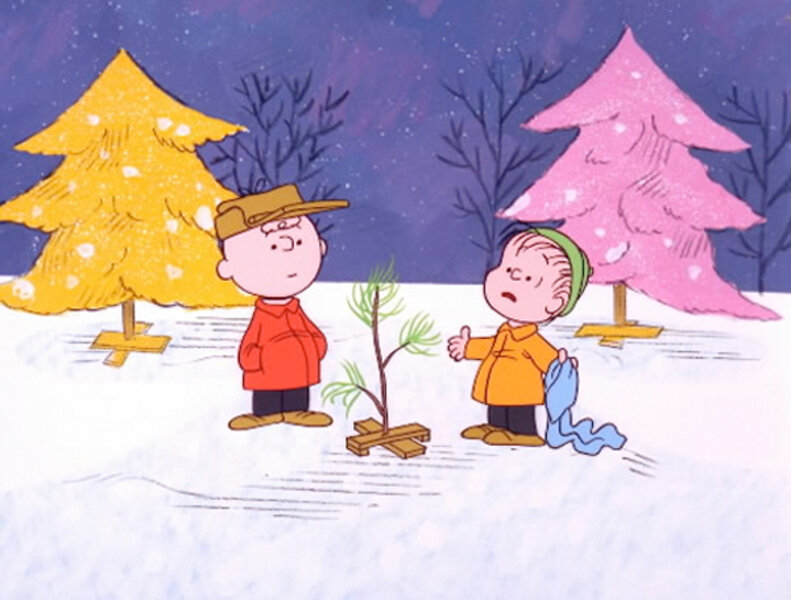'A Charlie Brown Christmas' presents a timeless message
Loading...
While I also almost certainly asked, “How will Santa get into our house if we don’t have a chimney?,” another question I remember asking around the holidays when I was younger is, “What’s a bubble gum card?”
The TV special “A Charlie Brown Christmas” was first broadcast on television in 1965, and it shows. A central plot point revolves around the fact that Charlie eschews buying an aluminum Christmas tree (something I, who was not around in the 1960s, had never heard of in my life) to buy a tiny version of the real thing. And not only does Lucy ask Schroeder if Beethoven ever got his picture on a bubble gum card, but her sign as psychologist reads that she is “real in.” This bit of then-current slang escaped me as much as why someone would want their face on a bubble gum card. (I also thought that Peppermint Patty, who isn't even in the special, had something to do with my Aunt Patti, but that was more me not understanding how fictional characters worked.)
So yes, if children today watch “A Charlie Brown Christmas,” they may besiege their parents with questions about why exactly all those trees in the lot are pink and purple. But the special’s classic themes still come through loud and clear even if you’re not sure why something being “real in” is a good thing. Chuck is depressed that everyone around him, including his faithful hound Snoopy, seems focused on the flashy items that come with the holidays. It takes Linus, and his other friends seeing the potential in the tiny Christmas tree, which after all only needs a little love, to help him see the true meaning of the holiday.
And that’s something that even a Millennial who’s baffled about why you would even want an aluminum tree will see.





